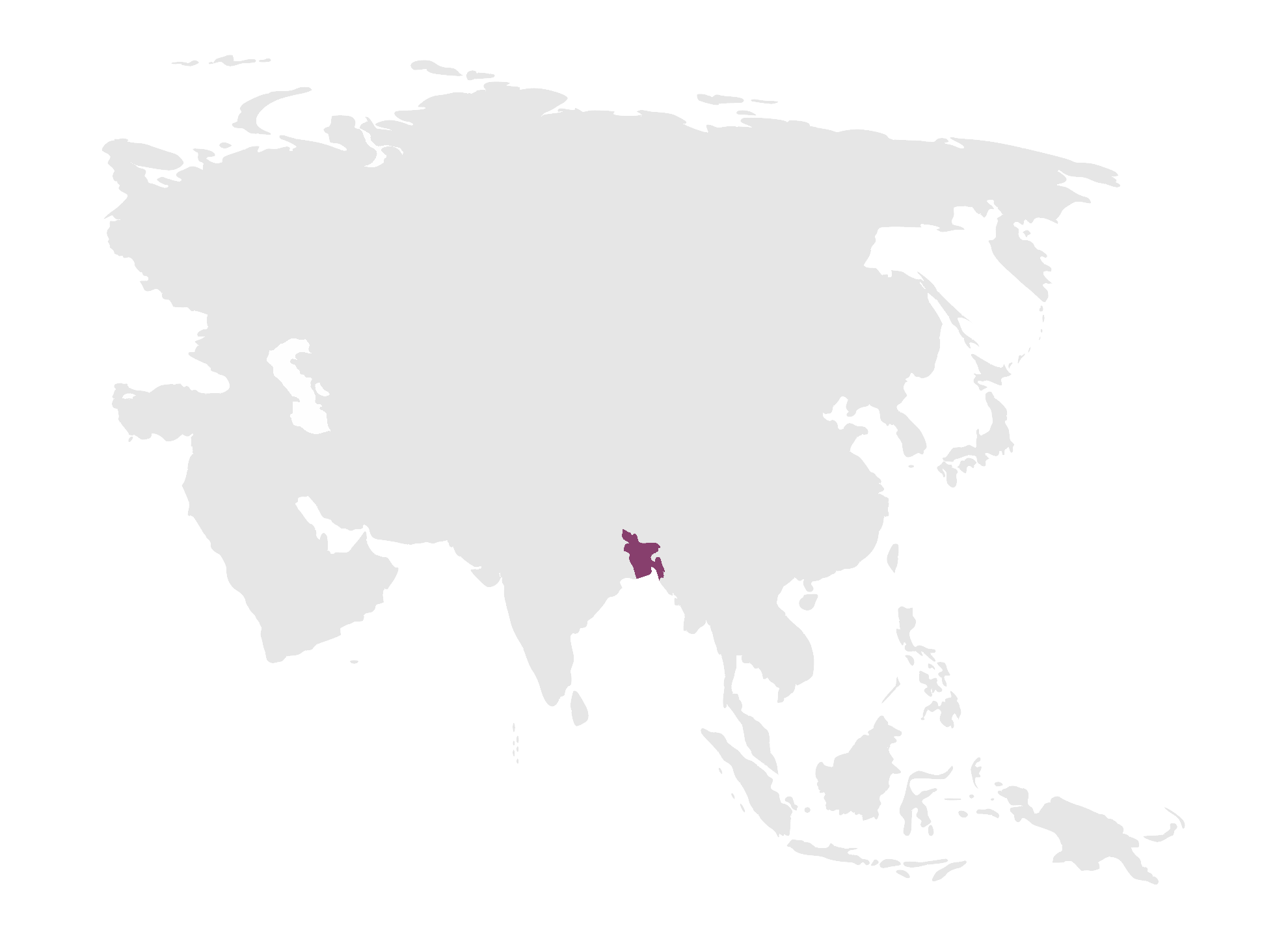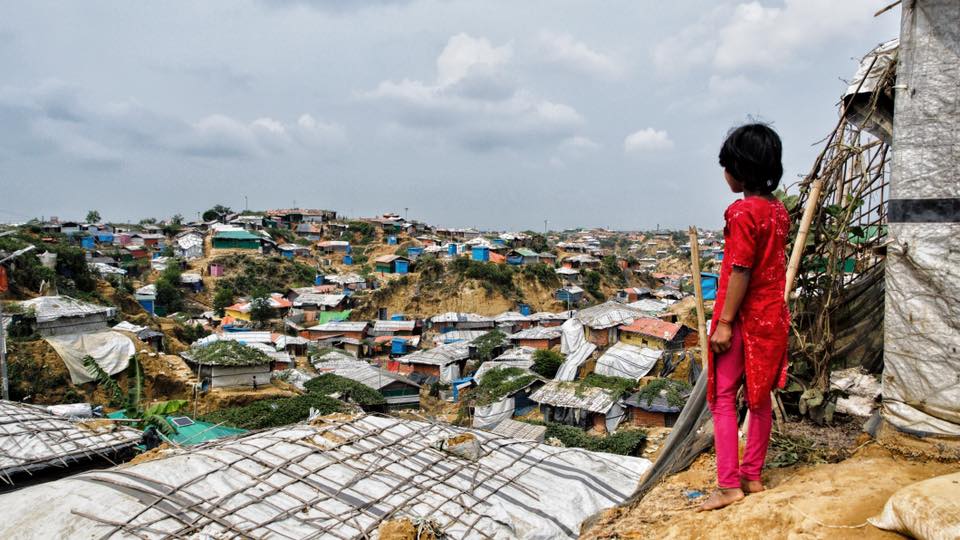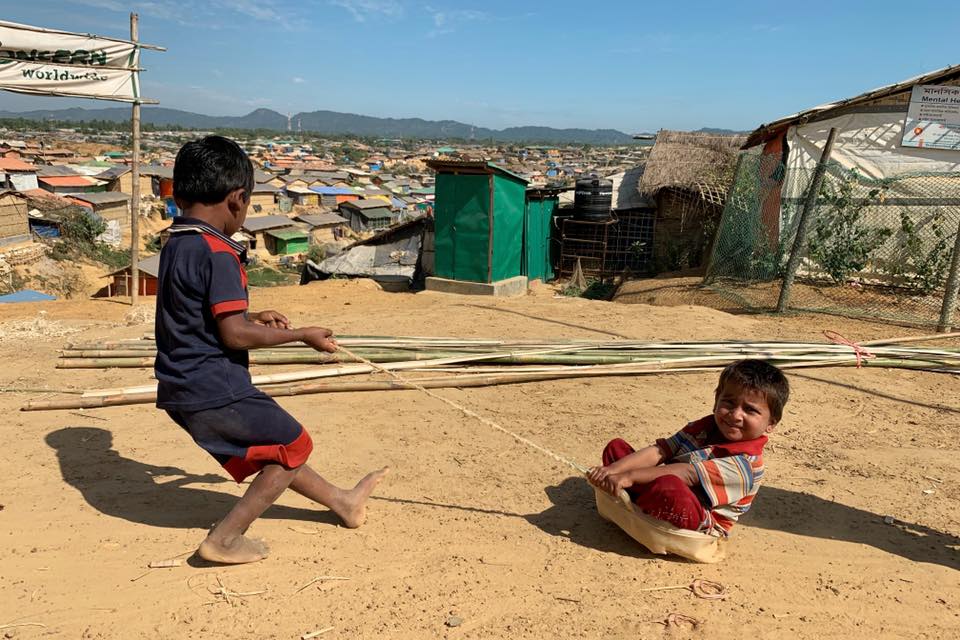Bangladesh

It is one of the most densely populated and at the same time the poorest countries in the world. There are more than one thousand inhabitants here per one square kilometer. The country’s population is almost 150 million. In the neighboring Myanmar, since mid-2017, thousands of the Rohingya people have lost their lives, their villages have been burned down, and the survivors approached the border with Bangladesh. Within several months, more than 750 refugees settled in the border area.
Overview:
- The UN has been calling persecution of the Rohingya an ethnic cleansing
- The Rohingya are the most persecuted ethnic group today
- the world’s largest refugee camp, home to approximately 920,000 Rohingya, is located near the city of Cox’s Bazar
- 55% of the camp residents are children
several dozen
18.05.2020
It’s happened – tests confirmed the first case of COVID-19 in the world’s largest refugee camp. The situation is dramatic because the epidemic can’t be stopped but only contained at best. One case means that there can soon be tens of thousands here.
The Refugee Camp has more than 40 times the population density of Bangladesh, which is still one of the highest in the world. One square kilometer is home to 40,000 people living side by side in makeshift bamboo and tarpaulin huts. Large families crowd into one small hut each, measuring only a few square meters. Added to this is the lack of constant access to running water and an insufficient amount of food. Social distancing, basic hygiene rules and access to appropriate medical care are impossible here. Intensive care units simply do not exist. The situation is being exacerbated by limited access to information. In September 2019, the authorities cut the camp residents off from the internet.
Almost one million Rohingya have sought refuge in Cox’s Bazar for over two years. They fled from Myanmar to Bangladesh to escape the ethnic cleansing carried out by the Myanmar army. The cruelty they have experienced is hard to describe in words. And the hardships continue! Monsoon season is just beginning, bringing heavy rains that spur avalanches of mud. Built on hillsides that have been clearcut, the make-shift huts are no match for the mudslides, which take down or destroy anything in its path. Far too many people have experienced this horror.
We have been among the camp inhabitants for over a year. In mid-March, when the first coronavirus infections appeared in the Cox’s Bazar area, the authorities drastically restricted access to the camp, fearing a rapid spread of the virus. Day-care centers for children, including the one we run, have been temporarily closed. We quickly reorganized our activities. We have distributed several thousand packages with COVID-19 information, masks, disinfectants and soap. We have installed a tap in our center to increase access to clean, running water. With the sewing machines you purchased, we are able to sew protective masks. Tomorrow, trained employees of Good Factory are going to deliver a workshop on adapting hygiene routines to this challenging reality, how to protect against infection and how to recognize the first symptoms of the disease. Personal protective equipment (PPE) and cleaning products are going to be handed out.
One way to reduce infection rates is through education and preventive measures on a large scale.
Join us in our mission to reach the greatest number of at-risk people by supporting our activities in the camp or by buying a set of personal protection equipment (PPE) for refugees.




